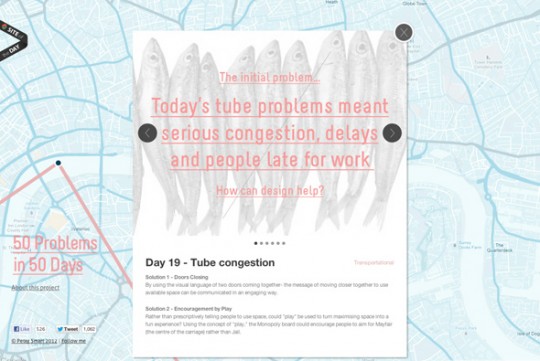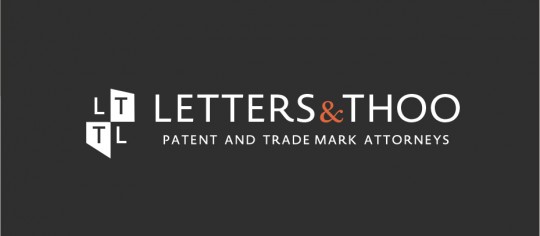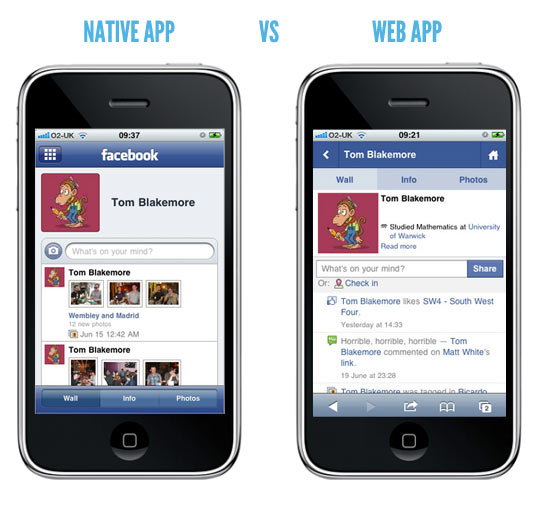Journal.
50 Problems in 50 Days

Peter Smart solves 50 design problems in 50 days, travelling around Europe. A nice idea and beautifully executed site that won site of the day from awwwards.
Branding and Website for Patent and Trademark Attorneys, Letters & Thoo
This week saw the launch of the website for a new business in Hong Kong; the first new project that Turtle has completed since a sabbatical of some six months from new projects. We were keen to get back to it.
Letters & Thoo is a new patent attorney firm based in Hong Kong. L&T are not afraid to think in new ways, and our first goal was to create a brand identity for the fledgling business that communicated their values and their personality.

We reached consensus around a mark that conveys stability and credibility, while using bright colours and fonts with character to highlight that this is not your usual stuffy patent service company.
User Reviews & Comments: A Battle Between Engagement & Trust
Let’s have a look at best design practices for integrating user reviews and comments into your website.
There are many online services that seek users’ opinions to help other visitors make decisions. Sometimes this is a simple quantitative rating, as seen on Rotten Tomatoes with their average audience scores, or on Open Rice here in Hong Kong. It could be as simple as the ‘thumbs up’ or ‘thumbs down’ on YouTube or the ‘like’ button on Facebook. Other times user prose is solicited in the form of comment, forum replies, or reviews. Sometimes the user opinion extends to the judgement of other people’s comments. Witness YouTube comments being hidden for having too many negative marks, or the ordering of answers on Yahoo Answers or Quora by ‘most upvoted’.
There is undoubtedly a value to user interaction. TripAdvisor is built on the concept, and a quick look at YouTube ‘likes’ is a great indicator of video quality or relevance. But cheating the system is often possible, and a discerning interweb-surfer will remember to proceed with caution and truckloads of salt.
How do we create trust in the user-generated content on our websites?
Good question.
Reflections On The Ubiquity Of Poor Design in Hong Kong
Hong Kong can be a cold hard place for the curious designer.
Every street corner reveals ill-conceived design choices, aesthetic horrors, and evidence of typographic neglect. It can be hard to keep your bearings. To grasp tightly one’s moral compass and keep fighting the good fight.
Native App vs. Web App; Why Hong Kong Mostly Gets It Wrong.
In Hong Kong, there are many examples where a popular website or business decides to release an app. In this sense, ‘app’ is short-hand for a native application; a downloadable thing that creates an icon on your homescreen, be it on an Apple mobile device (iPhone, iPad, and iTouch), or on an Android, BlackBerry, Nokia, or Windows device.
But there is another type of ‘app’. It’s called a web application, or web-app for short. In this context it usually refers to a website that, one way or another, works well on mobile devices. And it’s usually the better option.

Forgive me Hong Kong, but we are generally a little backward when it comes to this sort of thing. Let me reveal a little secret: most websites do not need a native app. Let me explain.

